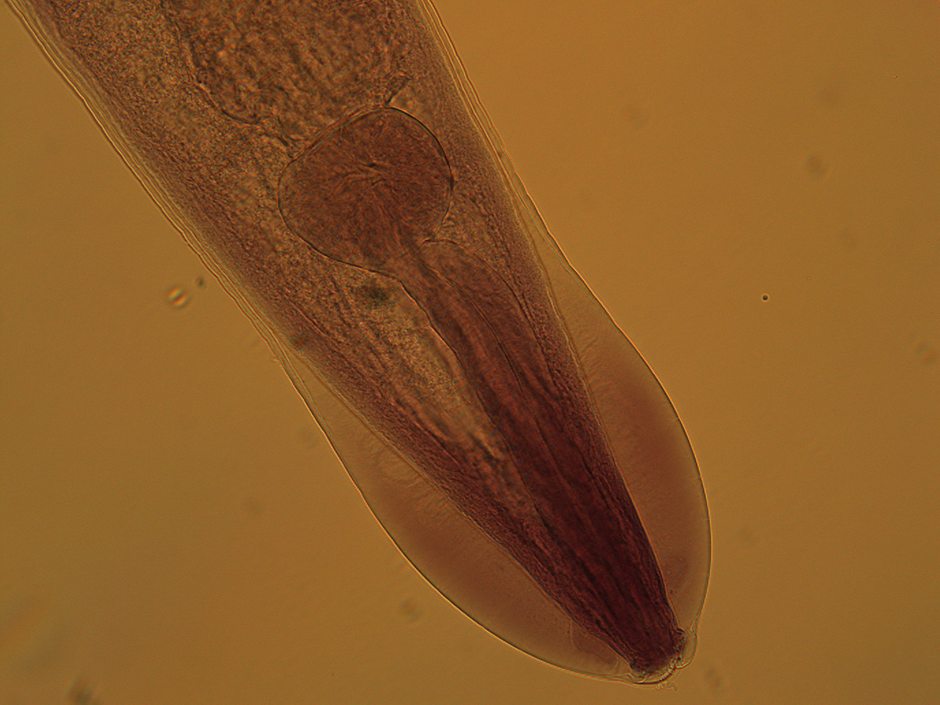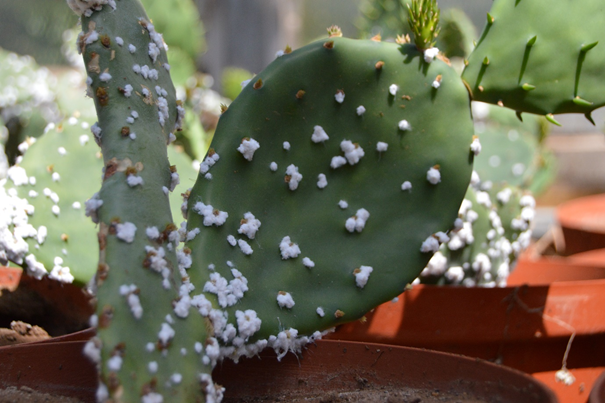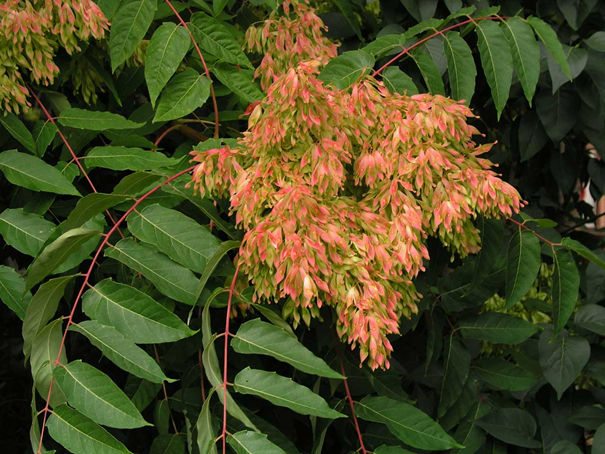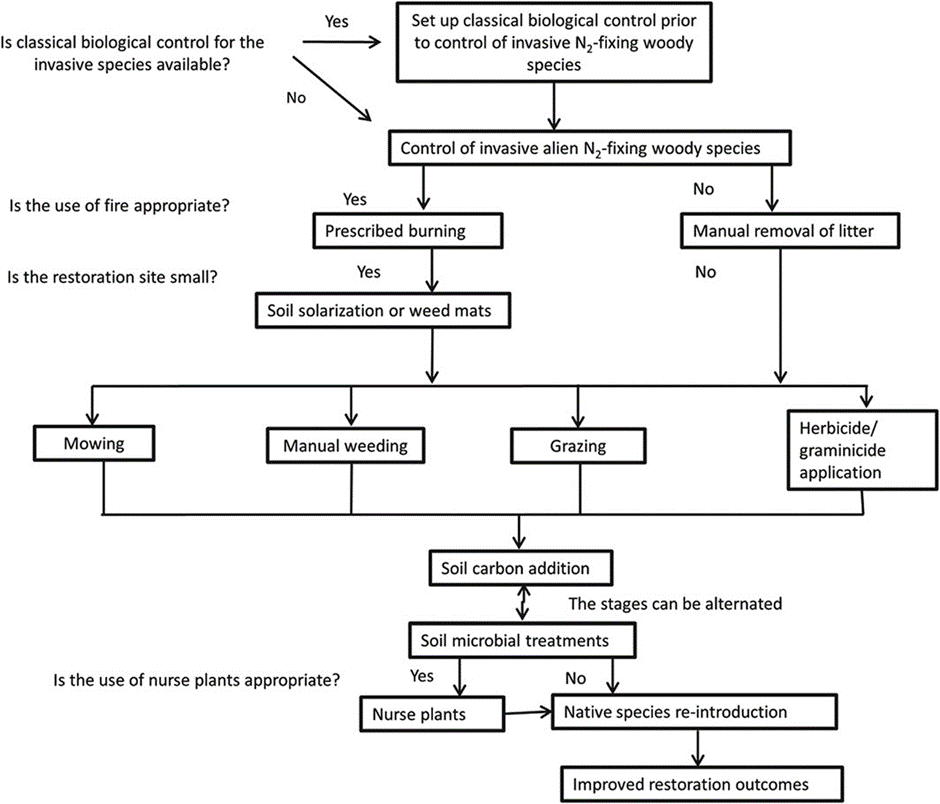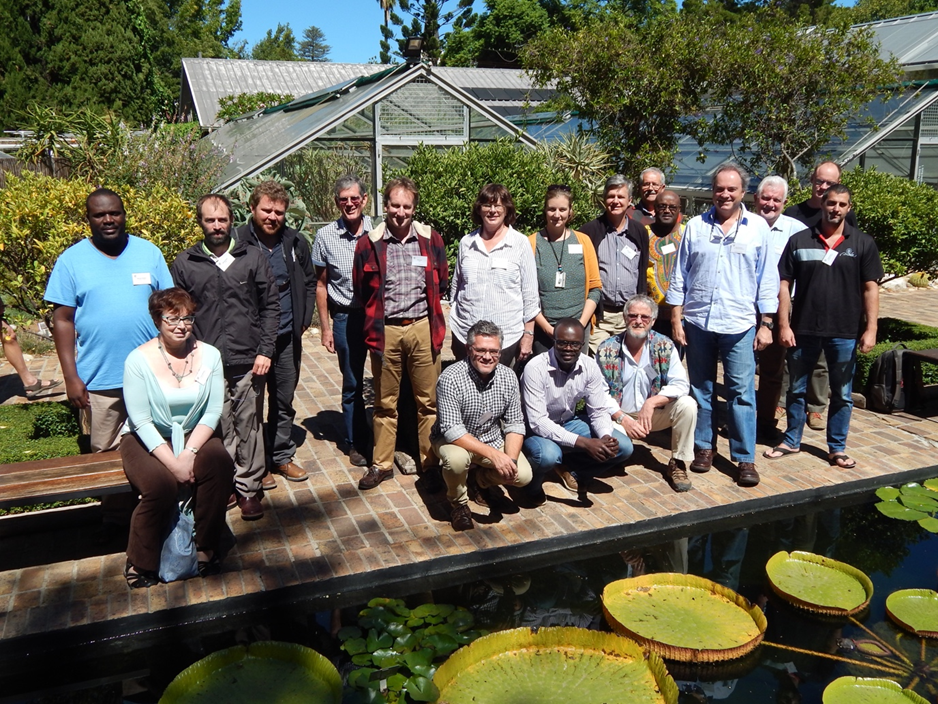
Participants at the workshop on the river red gum (Eucalyptus camaldulensis) which was held at Stellenbosch University’s Botanical Garden on 16 March 2018. Back row, right to left: Sheunesu Ruwanza (Dep. of Ecology & Resource Management, University of Venda), Michael Cheek (SANBI), Jaco Le Roux (C·I·B), Graham Harding (Invader Plant Specialist (Pty) Ltd), Mark Gush (CSIR), Hildegard Klein (ARC), Heidi Hirsch (C·I·B), Pieter Winter (SANBI), Coert Geldenhuys (Forestwood cc), Sebinasi Dzikiti (CSIR), Dave Richardson (C·I·B), Andrew Morris (ICFR), Brett Hurley (FABI, University of Pretoria), Francois Roets (Dep. of Conservation Ecology & Entomology, Stellenbosch University). Front row, right to left: Christy Momberg (C·I·B; scribe), Wayne Jones (Sappi Forests), Farai Tererai (Working for Wetlands, Dep. of Environmental Affairs), David Le Maitre (CSIR). (Photo: Suzaan Kritzinger-Klopper)
The Centre for Invasion Biology (C·I·B) hosted a workshop titled “Eucalyptus camaldulensis in South Africa: assessing its past, present and future” on 16 March 2018 at the Stellenbosch University’s Botanical Garden.

